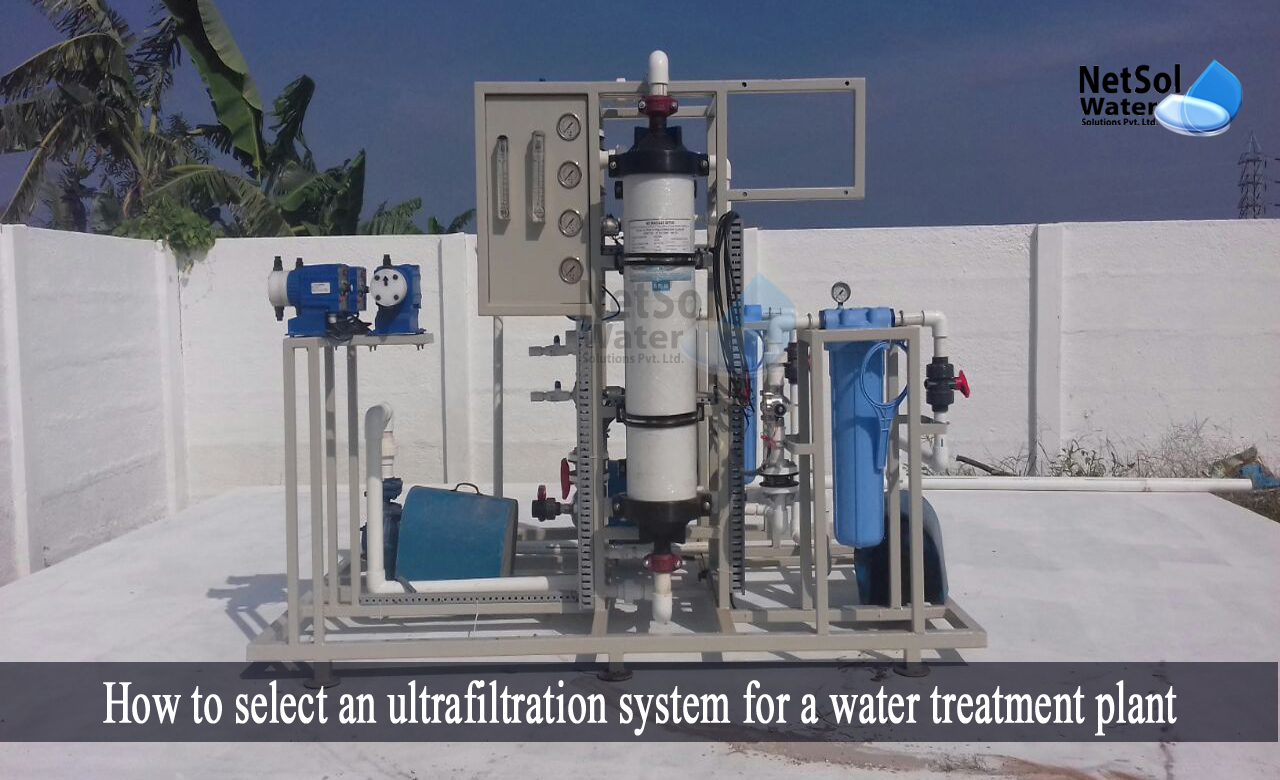Introduction
There are numerous combinations of membrane configurations, flow patterns, aeration, and submergence, in UF water treatment systems. Each offers advantages that would benefit a certain industrial/commercial application, and disadvantages that would work against it.
As a result, when selecting an ultrafiltration system for an industrial or commercial water treatment application, there are a few critical features to consider that will help you, choose which configuration is best for your needs.
But, before going for the perfect treatment, we must understand the contaminants that we are treating.
What do you think! What is in your drinking water?
What is present in your water is the most visible and significant aspect, determining how you treat your water/wastewater.
How to select an ultrafiltration system for a water treatment plant?
Depending on their size, content, and influence on the chemistry of the fluids, different contaminants will require varying limits.
- Size of the particles
The sizes of the smaller contaminating particles will decide the pore sizing of the chosen membrane. Ultrafiltration membranes have a thickness of 0.1 to 0.01 microns. As a general guideline, use a membrane with pores “one-tenth the size of the smallest particles”, to be filtered. Smaller particles are allowed to pass through the pores, whereas larger particles are retained on the surface, and do not enter the pores. With a cross-flow, this makes keeping the solid surface layer easier, and back washing more effective.
- Temperature, pH, and chemicals
The robustness of different membrane materials to severe effluent conditions varies. Polymeric membranes are less expensive in general, but they can be far more vulnerable to deterioration, in the presence of particularly alkaline or acidic pH levels or higher temperatures. Whereas, ceramic membranescan withstand a wider range of circumstances, but are significantly more costly.
- Concentrations
A few design criteria for the layout of the UF water treatment system will be determined, by the concentration of solid components in the raw water, whether the flow is cross-flow or dead-end, and whether it is inside-out or outside-in.
Lower solids concentrations are good for inside-out, dead-end flow. Inside-out flow offers more uniform flow characteristics than dead-end flow, and uses less energy to produce than cross flow.
- Consumption of energy
The answer is probably as minimal as feasible; however, certain ultrafiltration setups offer distinct advantages at the penalty of higher energy consumption. It takes more energy to generate cross flow, as well as the transmembrane pressure difference, than a dead-end flow system, but it has the advantage of keeping a thinner solid layer on the membrane surface.
- Availability of Space
Although, UF water treatment systems are generally more compact than other filtration technologies, there is some variation in membrane configurations.
Submerged systems, for example, are larger than pressurized vessels, while spiral wound membranes are a more compact form of plate and frame membranes. Integrated aeration systems eliminate the need for a separate tank, and hollow fiber membranes provide more surface area, for the same volume vessel as tubular membranes.
- Requirement of Backwashing
Backwashing reverses the filter system to eliminate solids, which have accumulated on the membrane surface.This operation is required for optimal filter maintenance, but it comes with a period of downtime, as well as, additional clean water requirements for the back cleaning itself.
There are configurations that can lower the frequency of back washes, but they may have drawbacks that outweigh the price of an additional cleaning session.
- Replacement of Membranes
It is unavoidable that filters will need to be replaced over time. However, a frequent replacement can be costly, thus, it is critical to maintain the system correctly to keep costs to a minimum.
There are a few options to consider singly or in combination to do this.Even in volatile effluent circumstances, more resilient membrane materials such as specialized neutral charged polymeric, or ceramics, will endure a long period.Membrane fouling can be reduced with an effective pretreatment strategy.
Conclusion
All of these factors must be considered, when choosing the best UF treatment system for a water treatment plant. The information offered listed above might be useful in your decision-making process, but there is much more to learn from a water treatment professional, who can lead you through various treatment solutions, based on your individual water analysis and any relevant design criteria.
How can we assist?
Netsol Water offers the best UF technology to fulfil the needs of our clients. We have a team of specialists, whom you can contact at any time.
Netsol Water is Greater Noida-based leading water & wastewater treatment plant manufacturer. We are industry's most demanding company based on client review and work quality. We are known as best commercial RO plant manufacturers, industrial RO plant manufacturer, sewage treatment plant manufacturer, Water Softener Plant Manufacturers and effluent treatment plant manufacturers. Apart from this 24x7 customer support is our USP. Call on +91-9650608473, or write us at enquiry@netsolwater.com for any support, inquiry or product-purchase related query.



